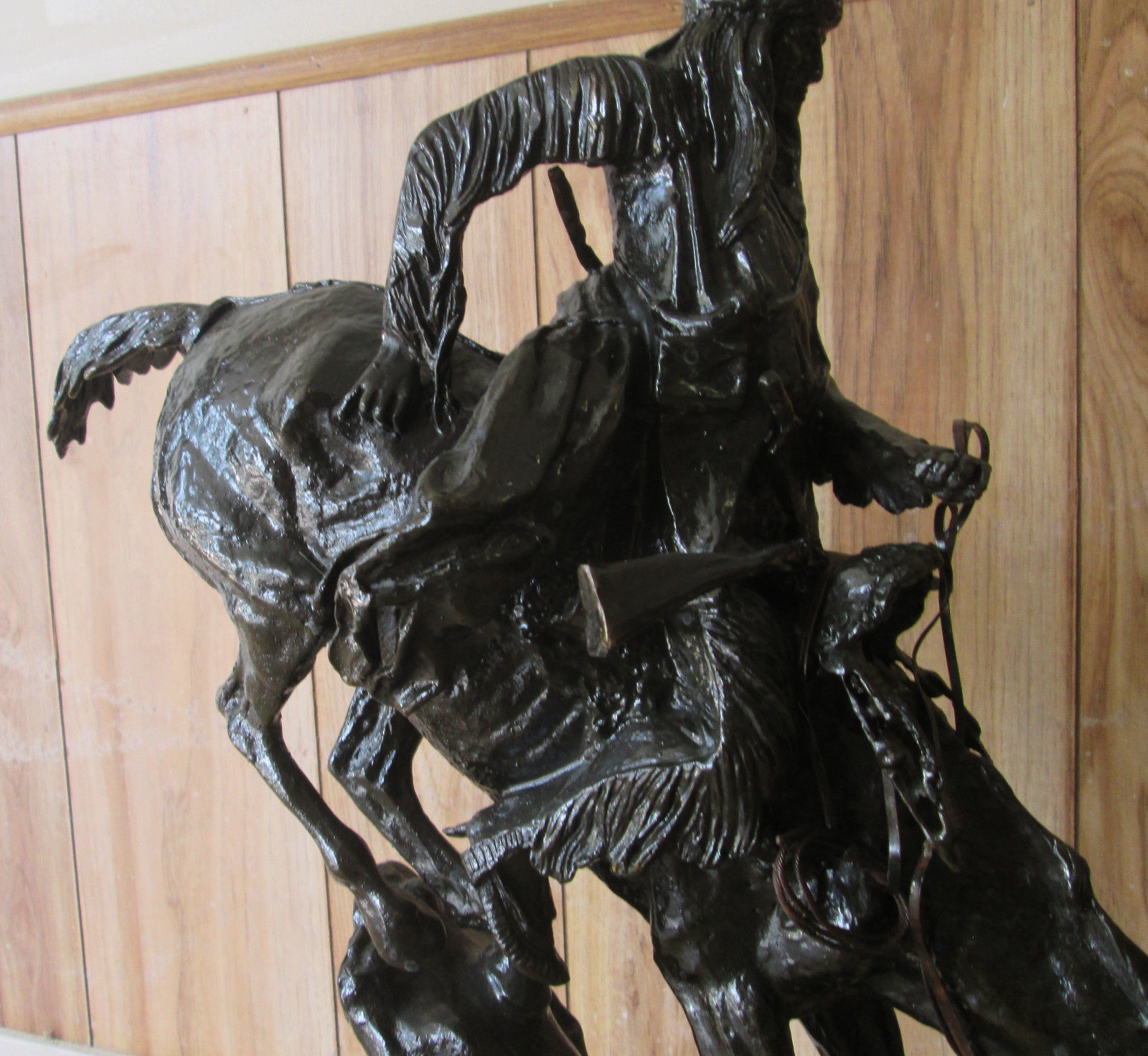

Wyeth and Zane Grey, who arrived twenty-five years later when the Ol' West had slipped into history. Though the trip was undertaken as a lark, it gave Remington a more authentic view of the West than some of the later artists and writers who followed in his footsteps, such as N. He also hunted grizzly bears with Montague Stevens in New Mexico in 1895. Cavalry and native American tribes, scenes he had imagined since his childhood.


In the Ol' West of 1881, he saw the vast prairies, the quickly shrinking buffalo herds, the still unfenced cattle, and the last major confrontations of U.S. At nineteen, he made his first trip west, going to Montana, at first to buy a cattle operation then a mining interest but realized he did not have sufficient capital for either. Living off his inheritance and modest work income, Remington refused to go back to art school and instead spent time camping and enjoying himself.

After the rejection of his engagement proposal to Eva by her father, Remington became a reporter for his Uncle Mart's newspaper, then went on to other short-lived jobs. Remington's Uncle Mart secured a good paying clerical job for his nephew in Albany, New York and Remington would return home on weekends to see his girlfriend Eva Caten. His father died a year later, at age fifty, receiving respectful recognition from the citizens of Ogdensburg. He left Yale in 1879 to tend to his ailing father who had tuberculosis. Though he was not a star player, his participation on the strong Yale football team was a great source of pride for Remington and his family. He preferred action drawing and his first published illustration was a cartoon of a "bandaged football player" for the student newspaper Yale Courant. He found that football and boxing were more interesting than the formal art training, particularly drawing from casts and still life objects. Remington was the only male in the first year. Remington attended the art school at Yale University, studying under John Henry Niemeyer. On the Warner side of his family, Frederic Remington was related to General George Washington, America's first president. He was related, as well, to three famous mountain men - Jedediah S. Bascom.įrederic Remington was also a cousin to Eliphalet Remington, founder of the Remington Arms Company which is considered to be America's oldest gunmaker. Frederic Remington was related by family bloodlines to Indian portrait artist George Catlin and cowboy sculptor Earl W. One of Remington’s great grandfathers, Samuel Bascom, was a saddle maker by trade, and the Remingtons were fine horsemen. He was a newspaper editor and postmaster, and the family was active in local politics and staunchly Republican. Remington’s father was a colonel in the Civil War whose family arrived in the United States from England in 1637. Remington was born in Canton, New York in 1861 to Seth Pierre Remington (1830–1880) and Clara Bascomb Sackrider, whose paternal family owned hardware stores and emigrated from Alsace-Lorraine in the early 18th century. Over all measures approximately 27 inches high by 18 inches wide by 11 1/2 inches deep. T he Mountain Man is a 27" high beautiful bronze statue by Remington with solid marble looking base. This statue is reproduced in solid bronze, cast in a brown patina and then hand-rubbed to bring out the incredible detail and highlights. Cast with the "Lost Wax Casting" process. The base was cast separately from the horse and rider, and the two units are pinned together through the left hind and right fore hooves. Cast by Roman Bronze Works in the lost-wax technique, the earliest of The Mountain Man statuettes are sharply delineated with a rich variety of textures, particularly evident in the fringed buckskin garment, the animal's hairy hide, and the rocklike base.
#Frederic remington mountain man full
Man and horse work together to make the trip down a treacherously rocky decline: The horse has been given full rein to choose its pace and path the rider leans sharply back and balances himself by holding on to the tail strap with his right hand. The sculptor chose a dramatic episode in the daily life of a trapper, his and his mount's descent on an almost vertical slope. Remington described “The Mountain Man” as one of the "old Iroquois trappers who followed the Fur Companies in the Rocky Mountains in the 1830's & 40's," probably referring to French Canadian trappers.


 0 kommentar(er)
0 kommentar(er)
